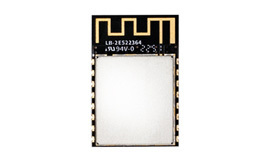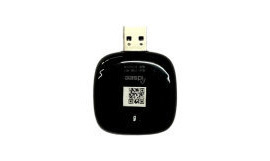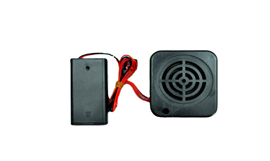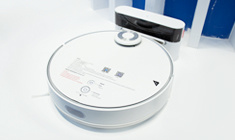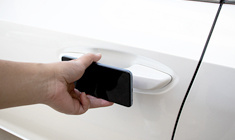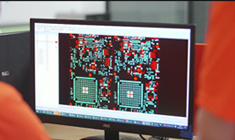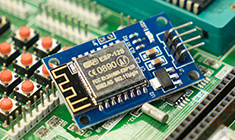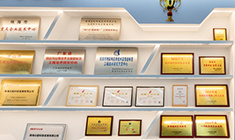
NFC Intelligent Door Lock Solution for New Energy Vehicles
NFC, also known as Near Field Communication, is a convenient and secure wireless connection technology that has long been applied in access control systems, buses, subways, and mobile payments, as well as in the field of smart homes. In recent years, many cars have also begun to support NFC door opening function. With the popularization of technology, just like the keyless entry and start system (PEPS) replacing traditional mechanical keys, using a phone with NFC function as the car key to open the doors will also replace the commonly used PEPS.
In terms of convenience, PEPS technology only requires the key to be placed in the pocket and the car door can be directly opened when approaching the car. NFC technology requires the phone to be taken out of the pocket and placed in the corresponding position. It seems that NFC technology has an additional step of taking out a phone when opening the door compared to PEPS technology, but it can save the key in our pocket, free up our pockets, and avoid forgetting to bring the car key, after all, we will not forget to bring our phone when going out now. NFC technology can also share the car's door opening permissions with family members to avoid running back and forth due to key handover.
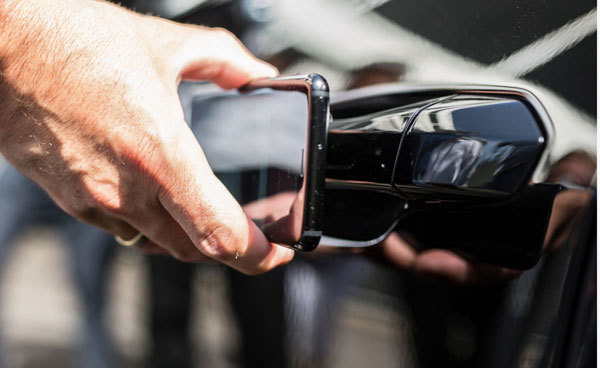
In terms of security, PEPS technology and NFC technology both have similar methods such as bidirectional authentication and data encryption, which are equally effective in data confidentiality. However, the high-frequency signals of long-distance communication using PEPS technology may be exploited by criminals. The distance for NFC authentication is generally within 10cm, so criminals are unable to participate in the communication process.

When NFC chips are embedded in the car access control system, car owners can use their phones or other devices that support NFC technology to unlock and start the doors. The specific steps are as follows:
1. The car owner places their phone or other NFC device near the door equipped with an NFC chip.
2. The NFC chip will read the encrypted data stored in the vehicle owner's device and verify its identity.
3.If the identity verification is successful, the NFC chip will send an unlock signal to the car door to unlock it.
4. After entering the vehicle, the owner should bring their phone or other NFC device closer to the start button equipped with the NFC chip.
5. The NFC chip performs identity verification again. If the identity verification is successful, it sends a start signal to the vehicle to start the engine.
In addition, NFC technology can also interact with vehicle safety and intelligent systems to achieve more functions. For example:
1.NFC technology can interact with the vehicle's GPS system to help owners locate the vehicle's location and obtain route information.
2. NFC technology can interact with the vehicle's intelligent audio system to achieve remote control of music playback and volume adjustment functions.
3. NFC technology can also provide car owners with more convenient payment methods, such as refueling, parking, and payment through mobile NFC.
Joinet's NFC technology application solution is built using automotive grade chips and has the following characteristics:
1. Possess excellent card inspection distance, up to 10cm;
2. Supports multiple protocols, including ISO/IEC 14443 A/MIFARE, ISO/IEC 14443 B, FeliCa, and ISO/IEC 15693;
3. It has excellent low-power performance, and the average current of the NFC chip can reach μ A-level;
4. Adopting a design that separates the control board and antenna board, it is convenient for the car factory to use their own antenna for testing.

Guangdong Joinet IOT Technology Co.,Ltd
Manufacturing Base:
Joinet Technology Park,No. 168 Tanlong North Road,Tanzhou Town,Zhongshan City,Guangdong Province,China
Pre Sales Hotline:19966308713 13823973022
Switchboard:0760-8663 0003 (transferred) 523
Pre Sales Email:sw@znaiot.com


Contact Us:
Looking forward to your call anytime



